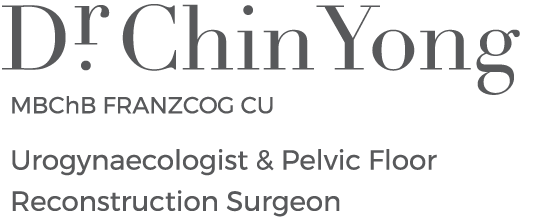Robotic Surgery
The uptake of robotic surgery in gynaecology and pelvic floor reconstruction has increased exponentially over recent years. Robotic technologies have evolved significantly over the last decade with enhanced visualisation, instruments, and more choices available. The Da Vinci Robot is the most common platform used but other competitors are coming into the market with their own unique features.
Frequently asked questions about robotic surgery
What are the advantages of robot of conventional laparoscopy?
Enhanced vision (10 times magnification with 3D vision)
Superior surgical precision and dexterity allowing precise tissue dissection, suture/graft placement during surgery
Is robotic surgery more expensive than conventional laparoscopy surgery?
There will be no difference in Dr Yong’s fees in robotic or laparoscopic surgery
Patients with specific private health funds will be covered for robotic consumables. However, it is recommended that you speak to your health fund directly prior to surgery to ensure the cost is covered.
What are the robotic assisted procedures that Dr Yong offers ?
Hysterectomy for benign conditions such as large multifibroid uterus or abnormal uterine bleeding.
What are the possible complications associated with robotic surgery?
Complications / risks of robotic surgery are similar to those of a conventional laparoscopy. The risks will be procedure specific and not related to the surgical approach.
Some women experience shoulder tip pain due to insufflation gas irritation, this is usually resolved within 24-48 hour.
Surgical site infection – uncommon
Injury to surrounding structures such as bladder, bowel, ureter or nerve – uncommon
What is the recovery after robotic surgery?
Full recovery for any form of pelvic floor reconstruction surgery is approximately 6 weeks regardless of the surgical approach. Dr Yong has observed his patients who had robotic surgery experienced less pain at the surgical site during the first 24 hour period.
